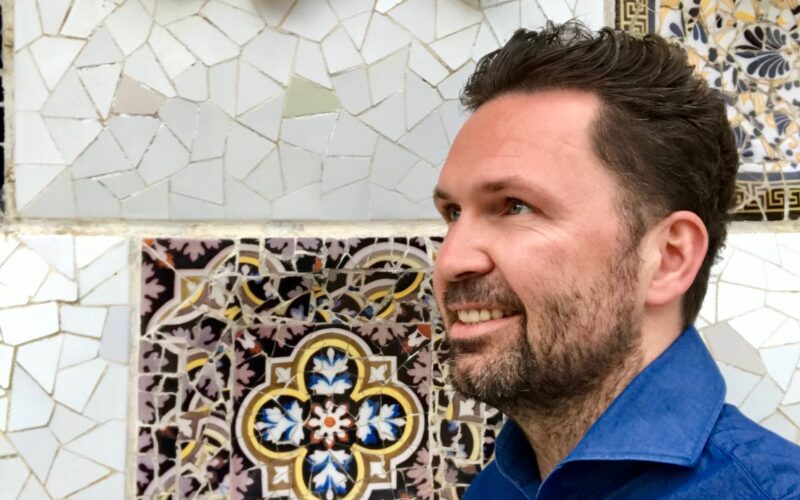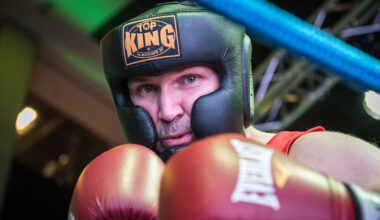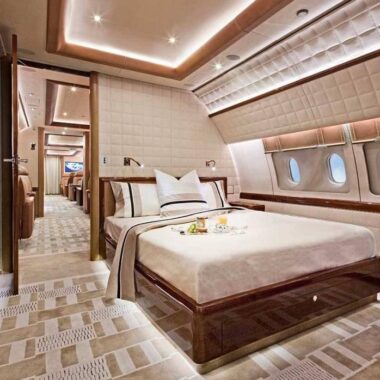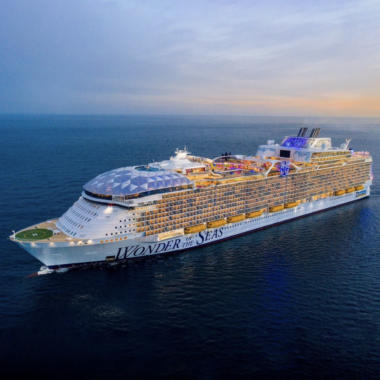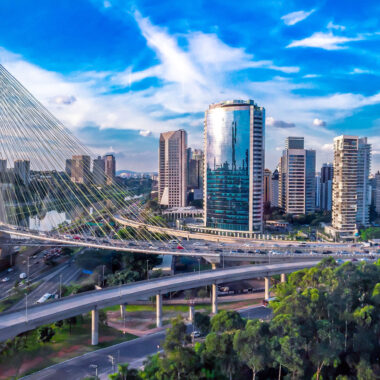Hardly any city has such charm as Barcelona, at least for me. For many years I have been returning here on every occasion and invariably this Mediterranean city seduces me with its atmosphere, proximity to the sea, numerous pubs and amazing architecture. And although Barcelona is similar to other Spanish cities, it has something that others can only dream of: buildings designed by the famous architect Gaudi.
Antoni Gaudí’s private and professional life are tightly linked with the Catalan capital. It is true that he was born in the city of Reus, located near Tarragona, but it is in Barcelona that his best-known designs came to life. In childhood, he suffered from a long and serious illness and most probably it was then when he developed his incredible imagination that emanates from most of his projects.
Park Güell
On purpose, I will start with a project that is not located in the very center of Barcelona and is not a building. Park Güell is a large park in which Gaudí placed fantastic architectural elements, covered with a mosaic of broken ceramic tiles that is so typical of him. Initially, this area was to be a garden-city, a settlement for the bourgeoisie, but the planned houses and residences were never built – only five buildings in total were erected. One of them is home to the artist’s museum nowadays.



Casa Vicens
This is one of Gaudí’s earliest projects where one can see emblematic features of his personal style. The building was ordered by Manuel Vicens, a Catalan bricklayer and tiler. The Neo-Gothic style is connected here with the Neo-Romanesque, and the building itself blends in well with its surroundings.

Casa Batlló
This house refurbished following Gaudí’s design and belonging to Josep Batlló and Casanovas is a model example of the style of this Catalan architect. Soft lines, ceramics on the facade or animal motifs – bones and fish scales – will be repeated in other Gaudí’s designs.
Casa Milà
Built for the Milà family, the building is Gaudí’s last “secular” project. It was supposed to be a response to the lack of interesting buildings in the city, and, no doubt, Gaudi has managed to create something that people rave about today. Not only the façade but also the interiors are amazing – each ceiling has its own separate form. The woodwork is also very interesting.

Sagrada Família
Antoni Gaudí was an extremely religious man so it should not come as a surprise that the work of his life is a sacral building, specifically a church with the status of a smaller basilica. The construction of Gaudi’s opus magnum started in 1882 and continues to this day. Gaudí died under the wheels of the tram in 1926 and his original plans were destroyed during the Spanish Civil War. Despite these misfortunes and financial difficulties, all this time the work was being carried out and completion of the temple is planned for 2028. It will then become the highest sacral building in Europe. Gaudi himself was buried in a crypt inside the temple.


